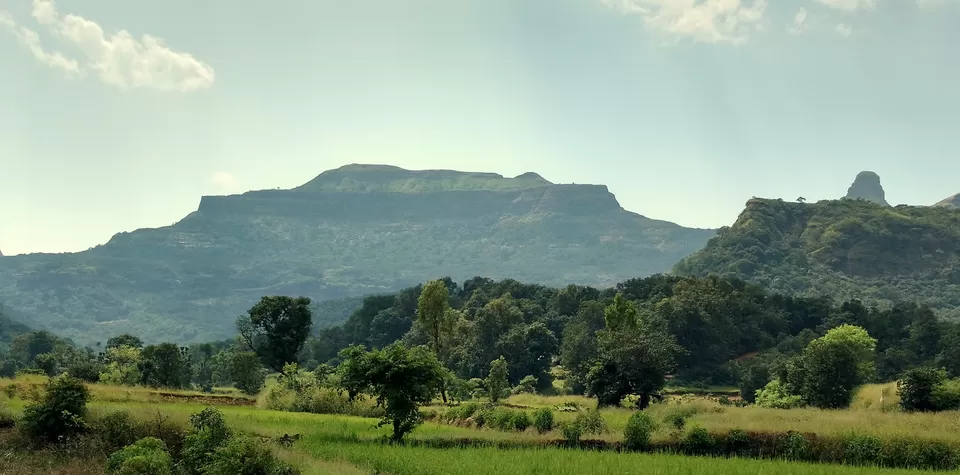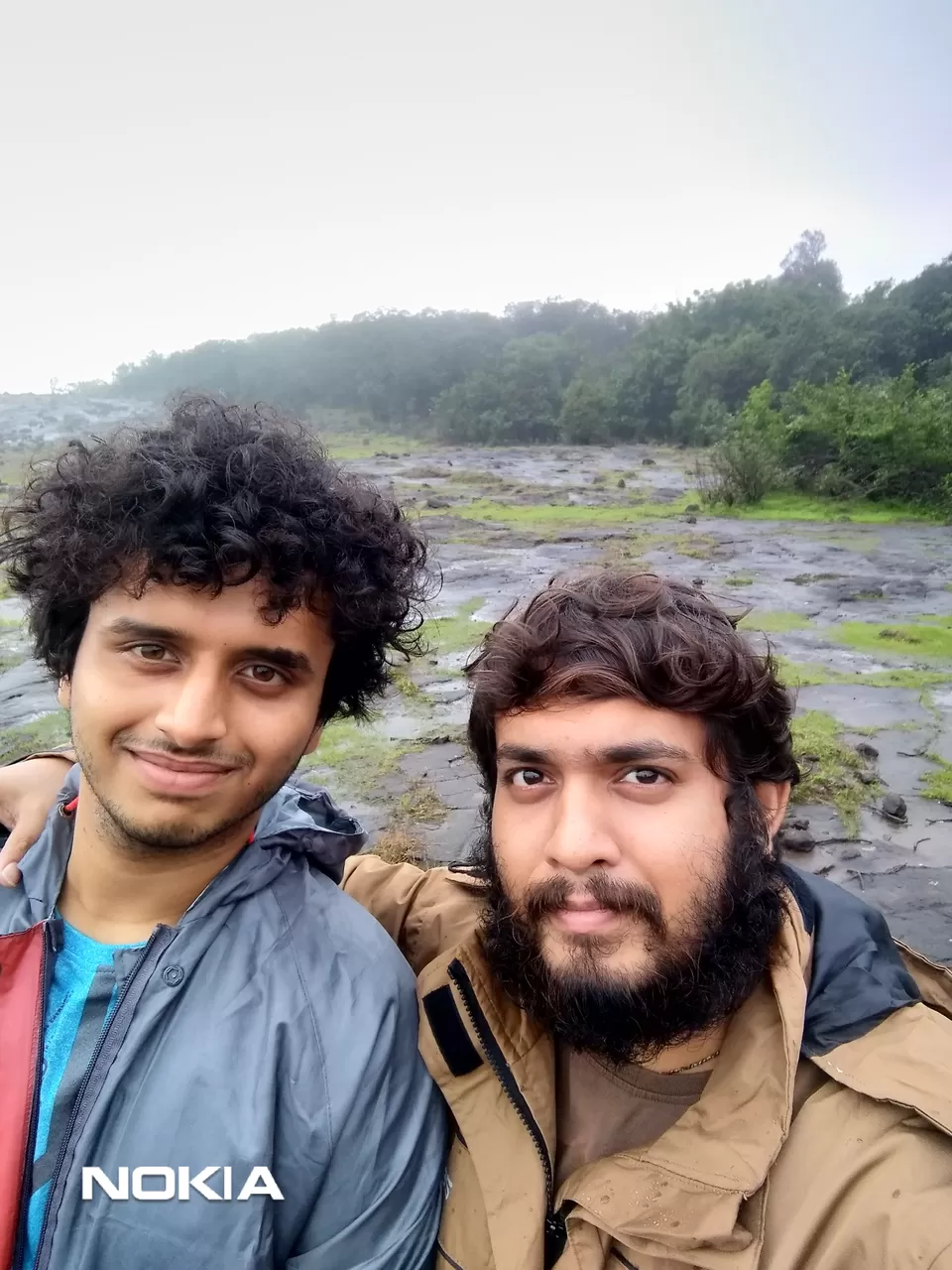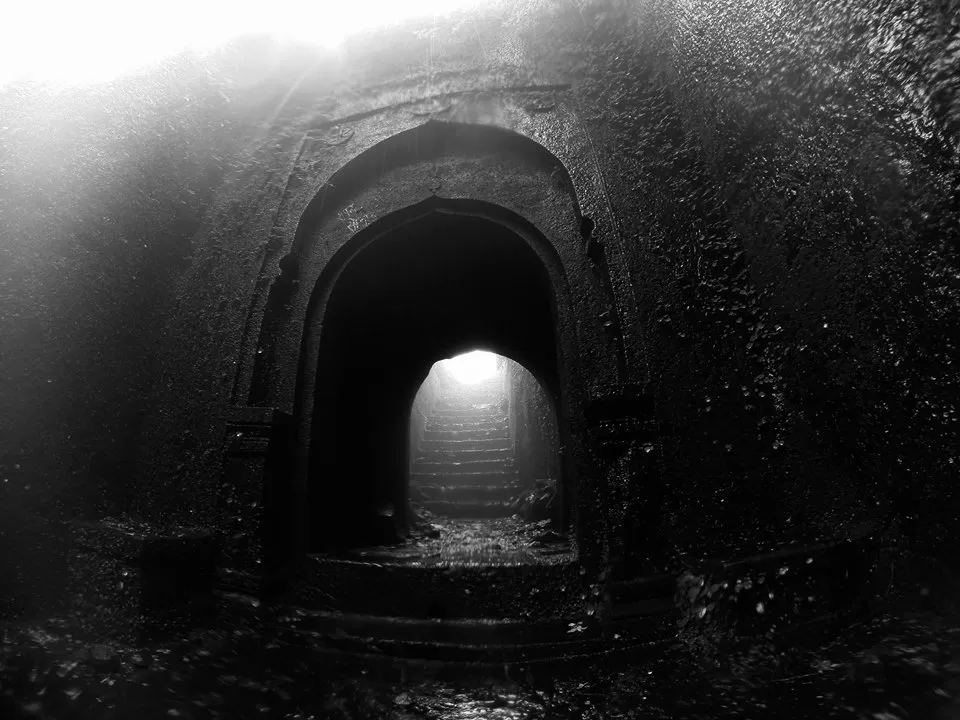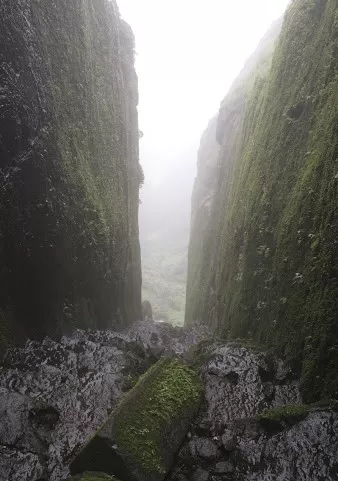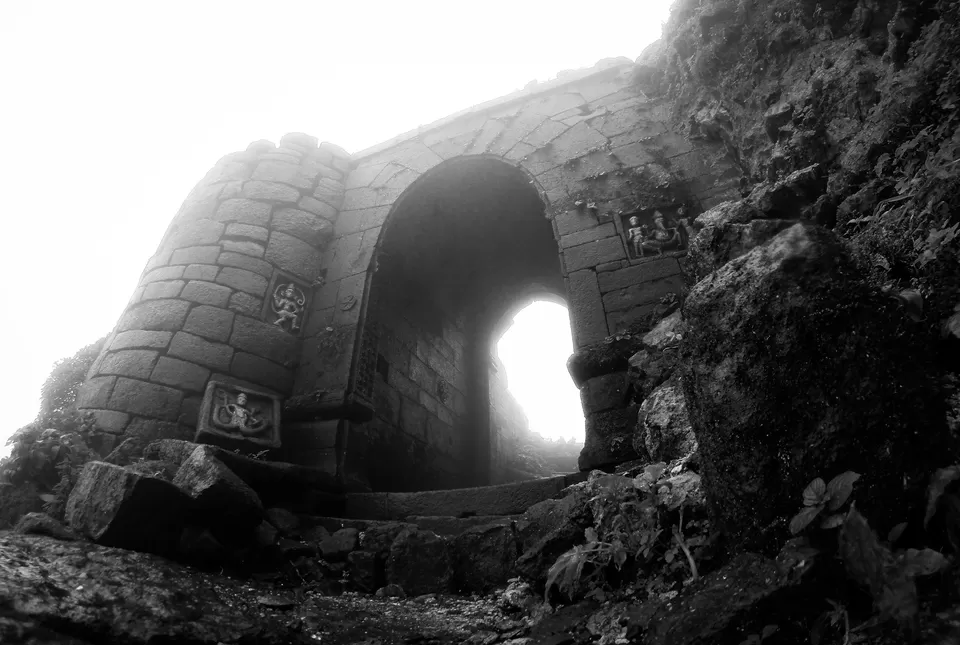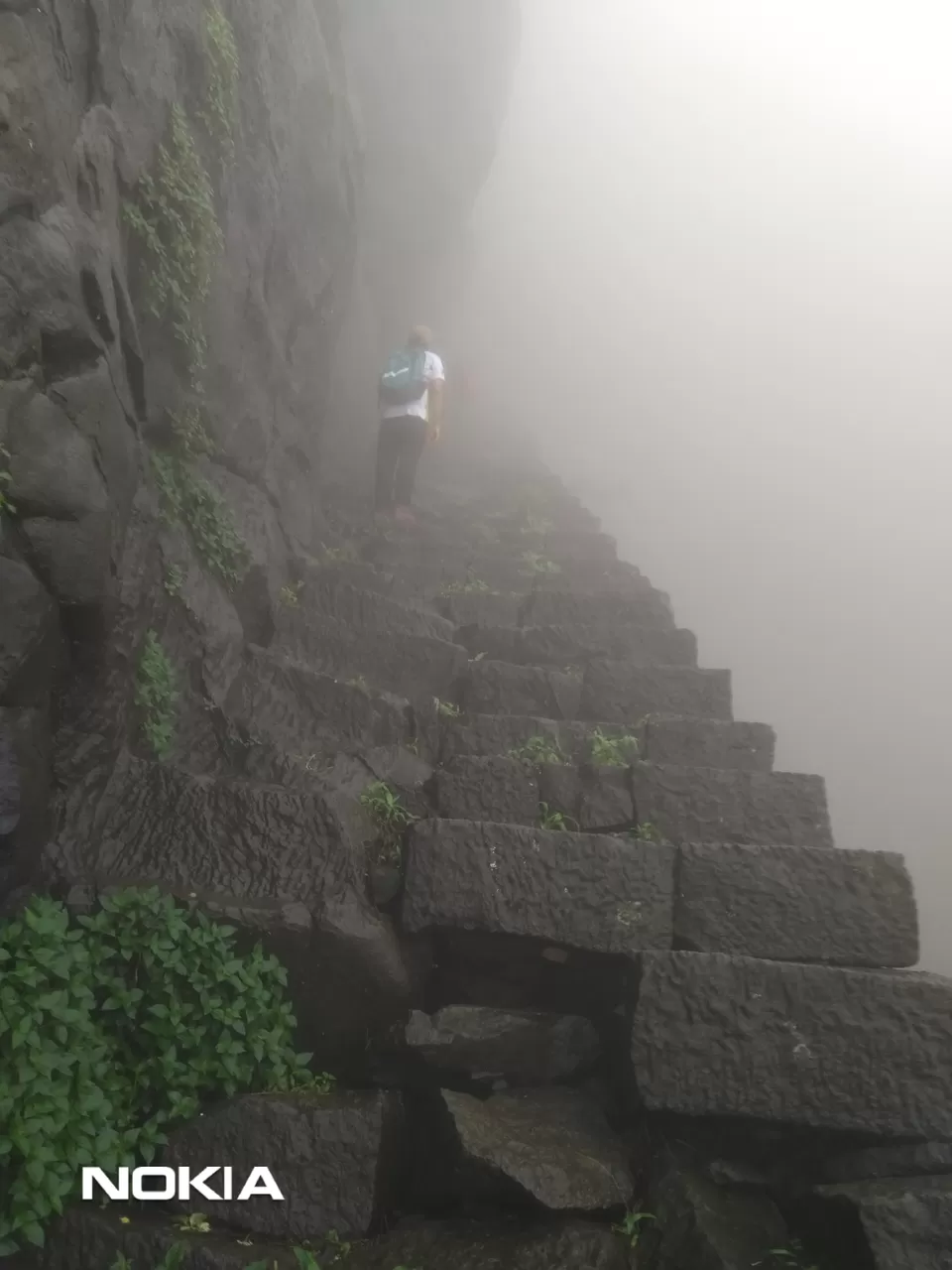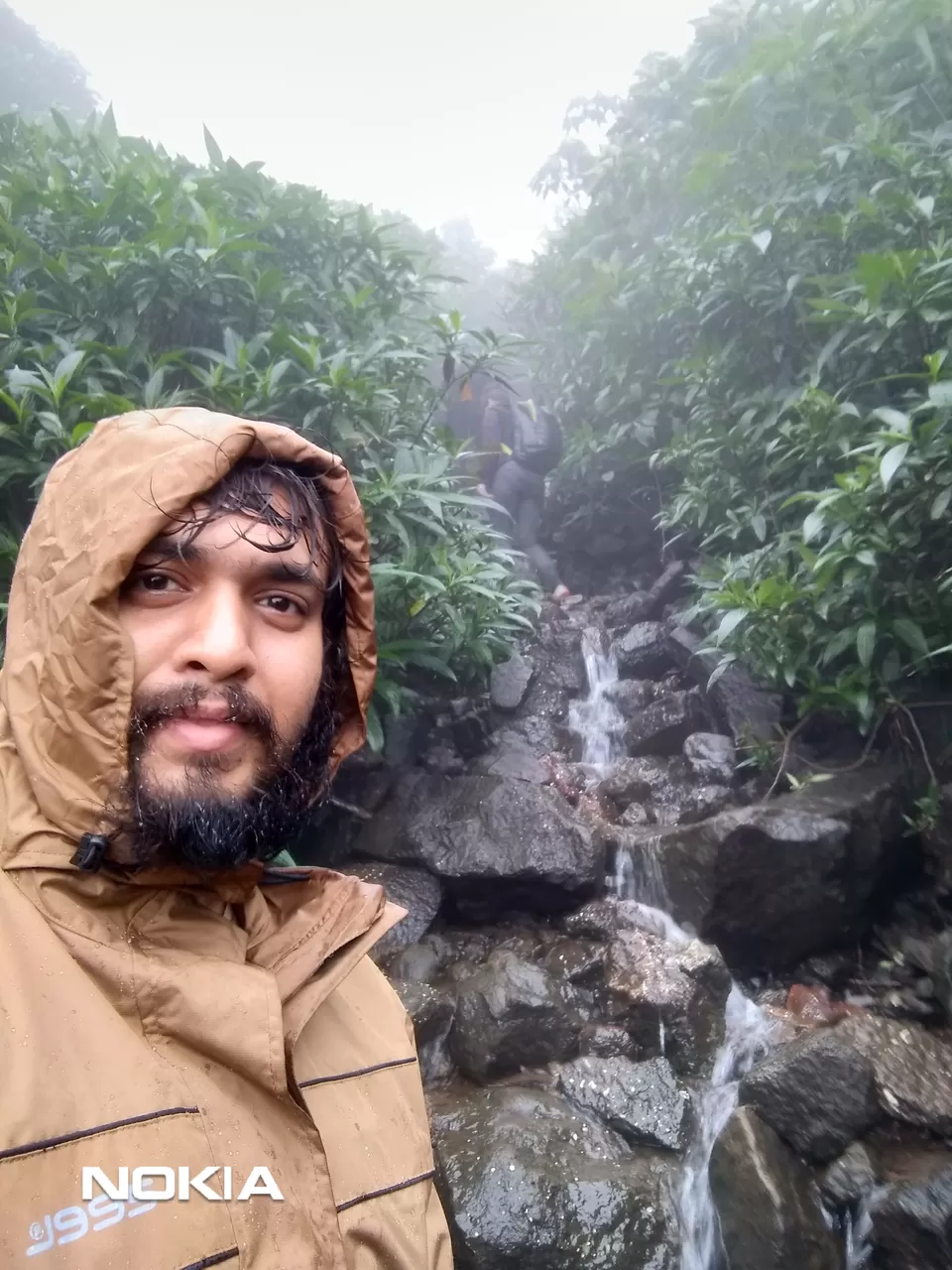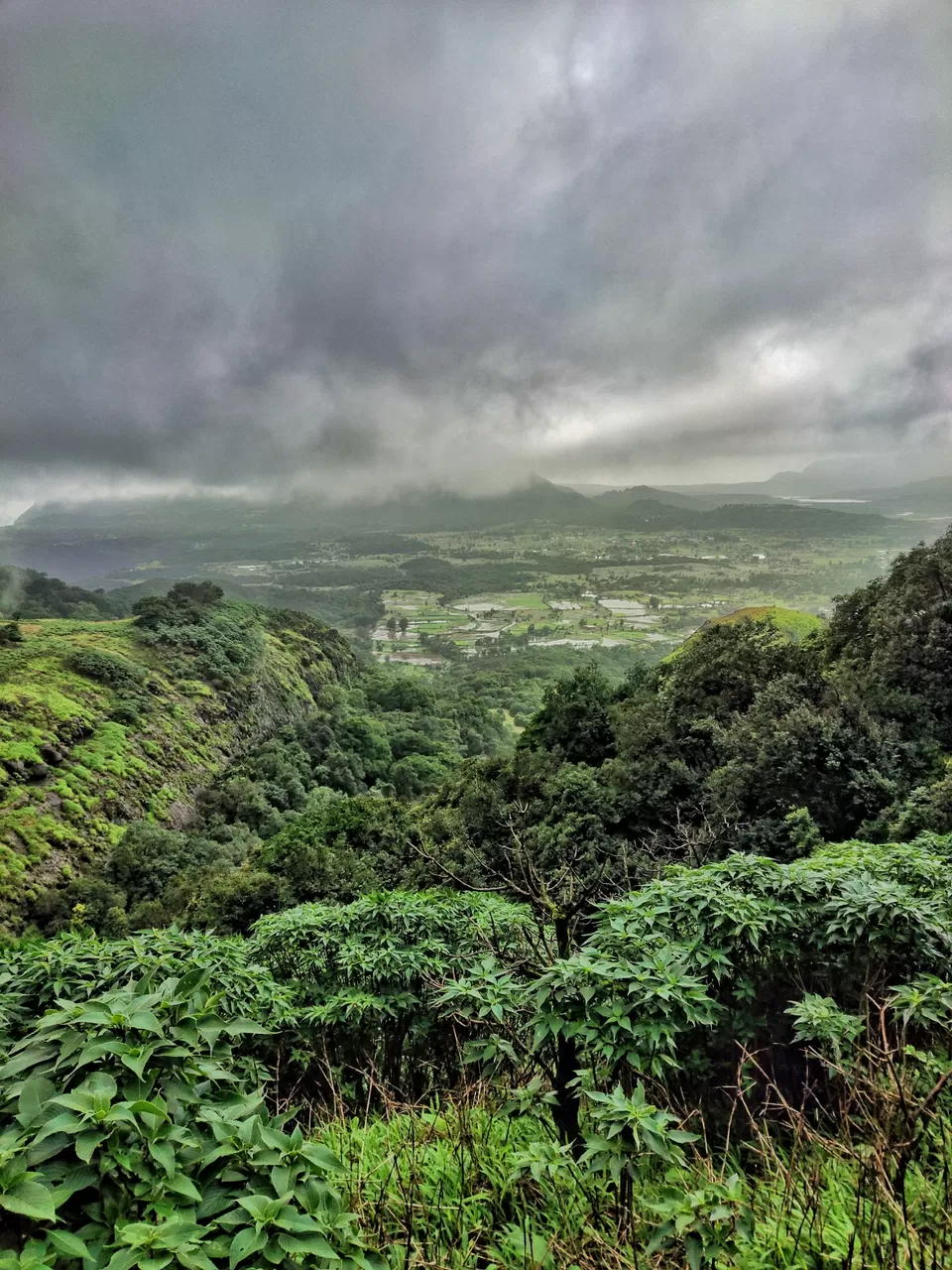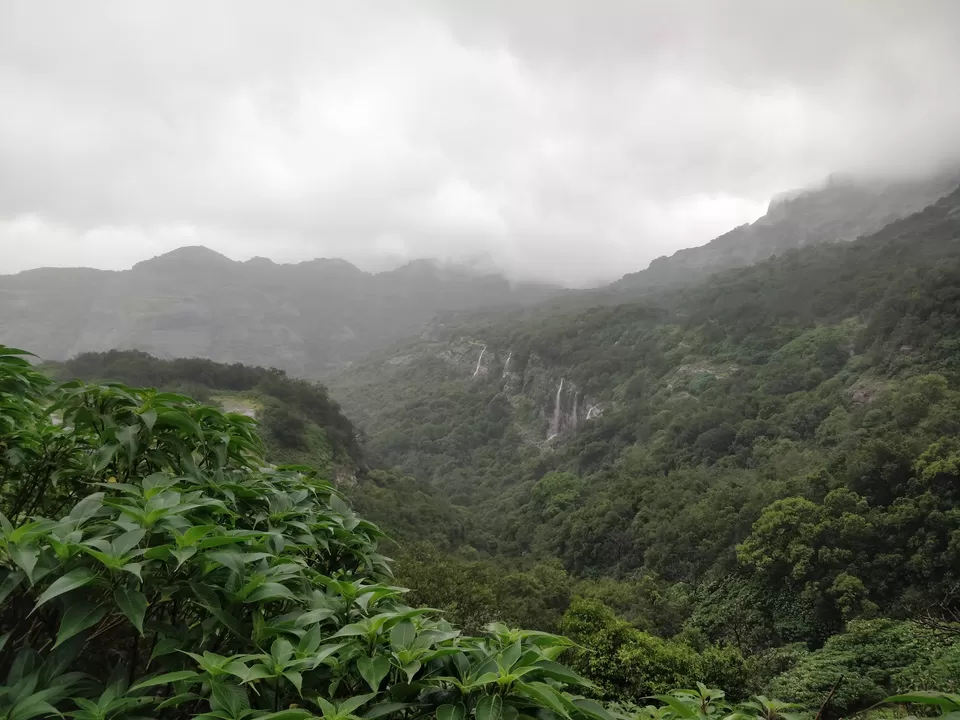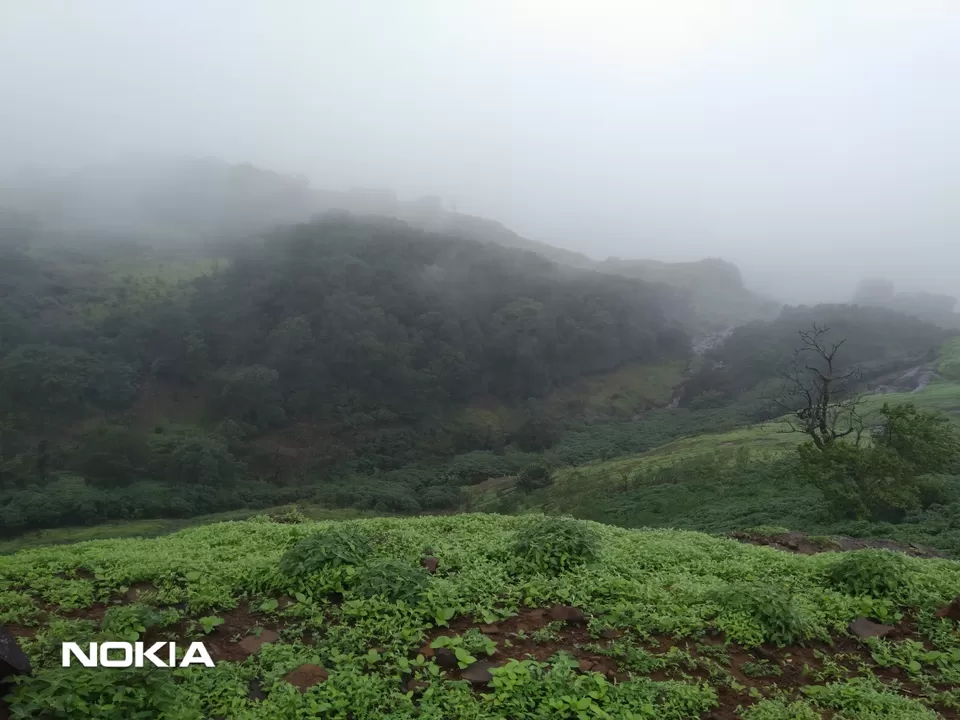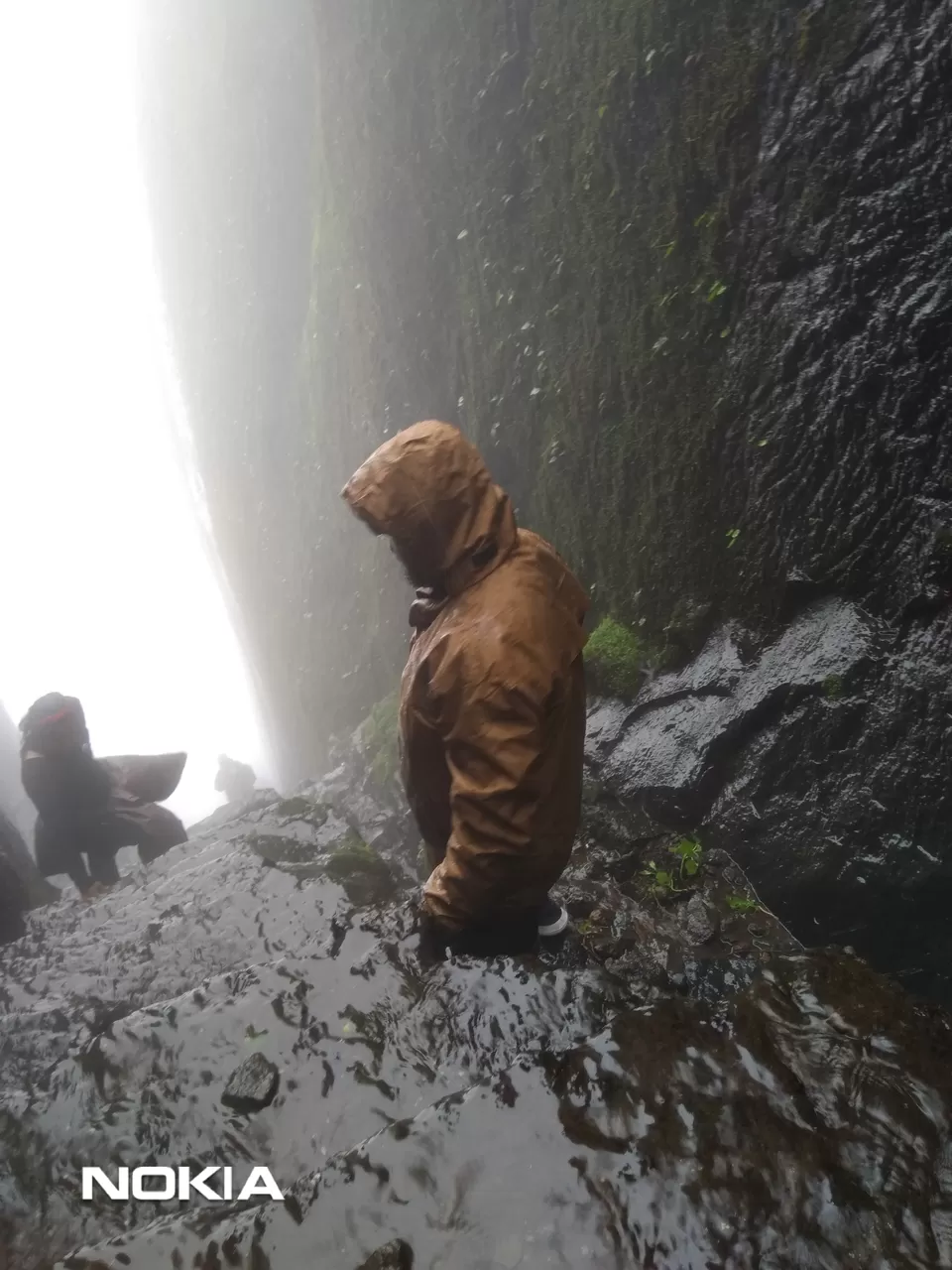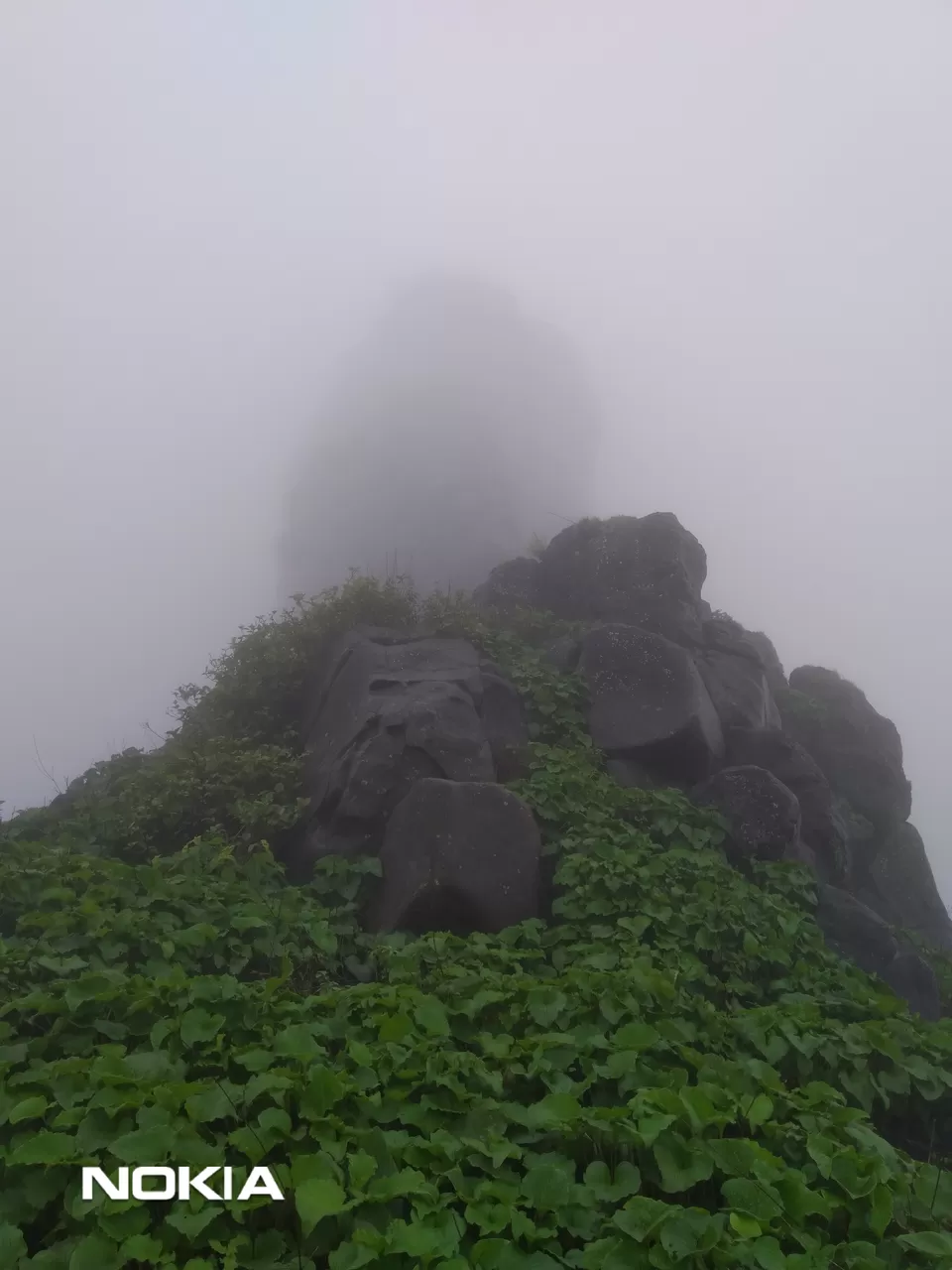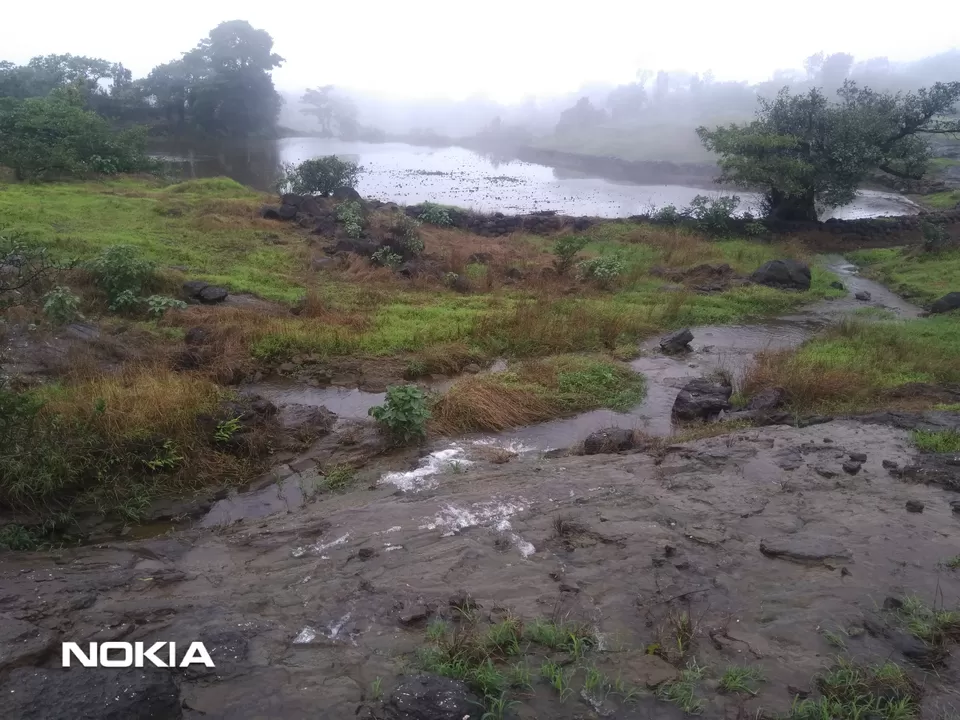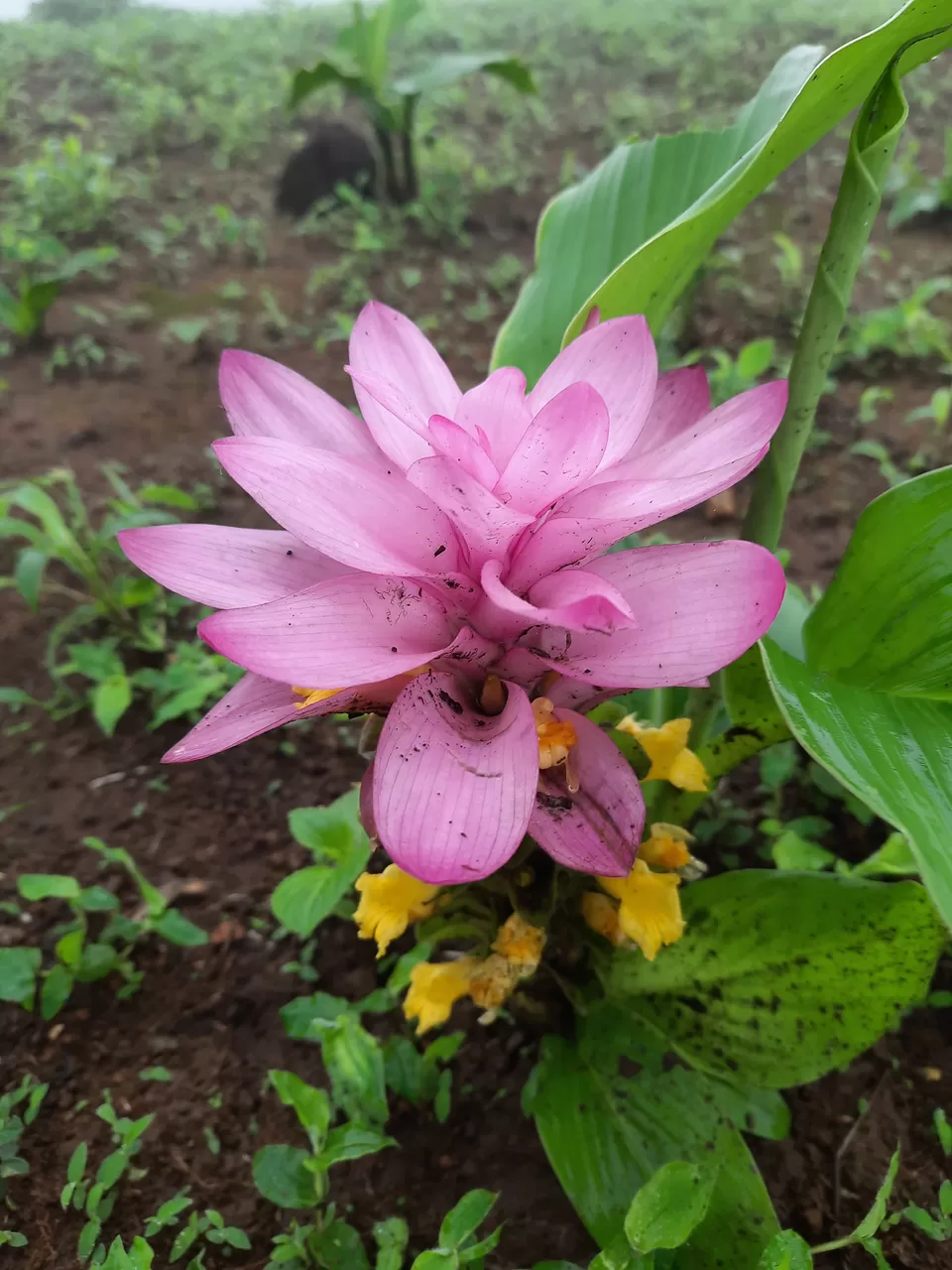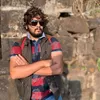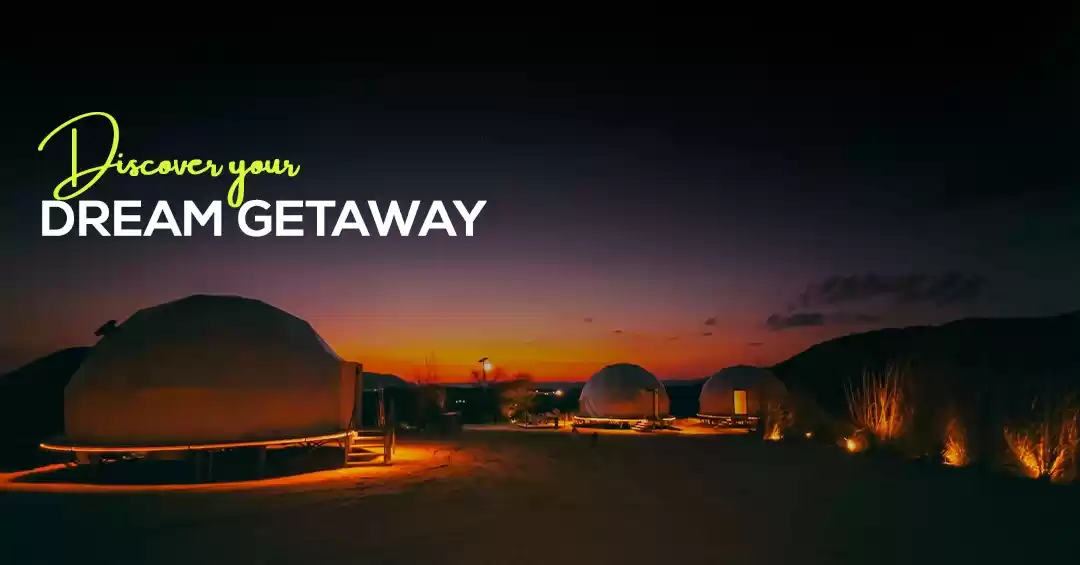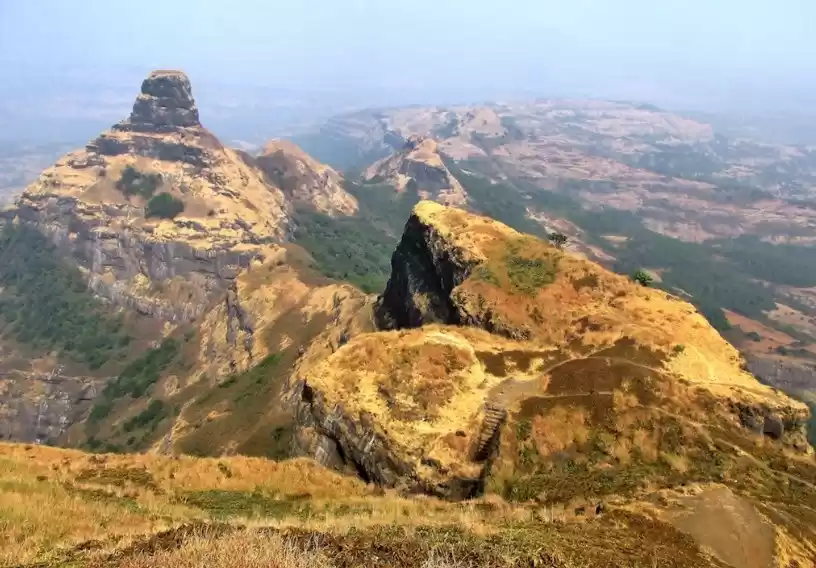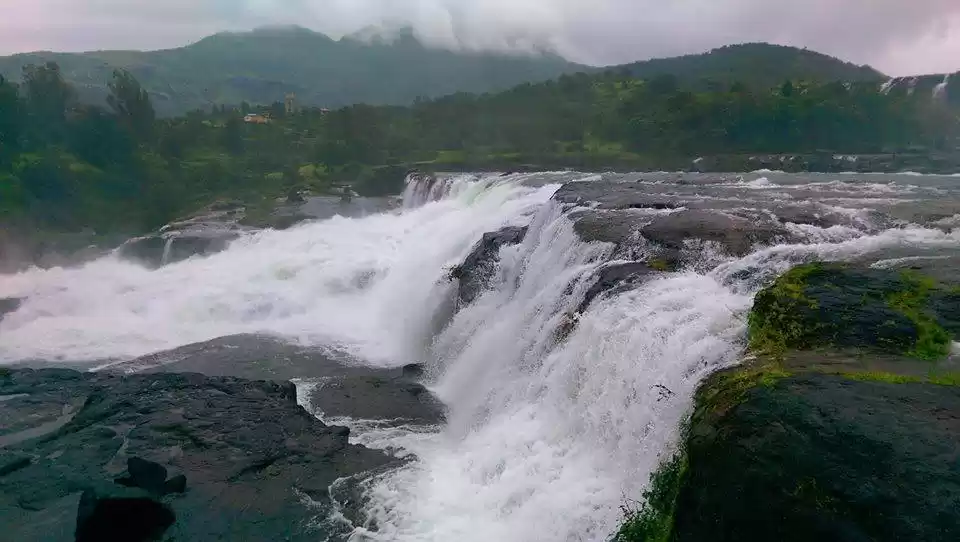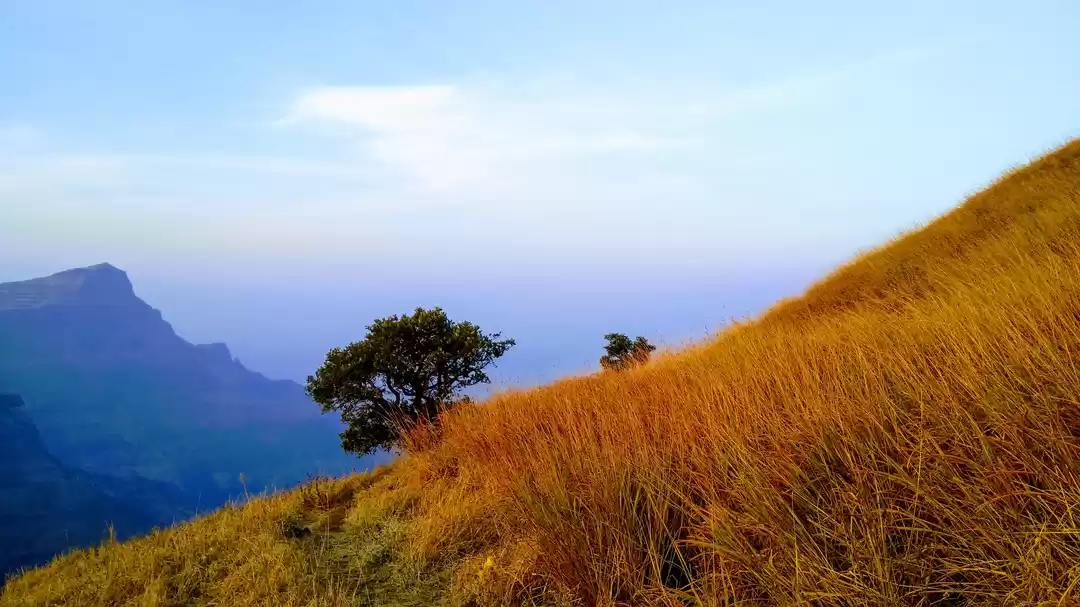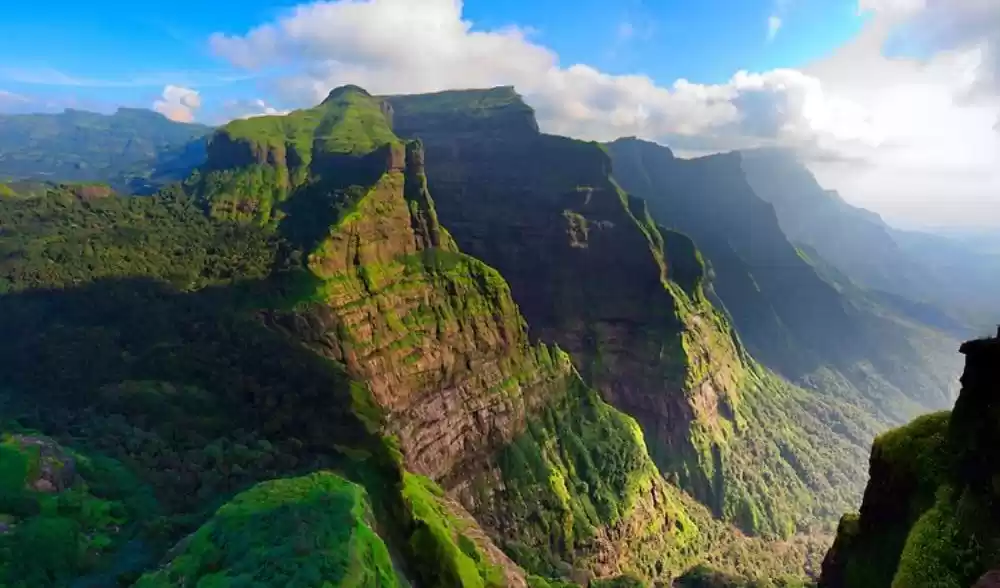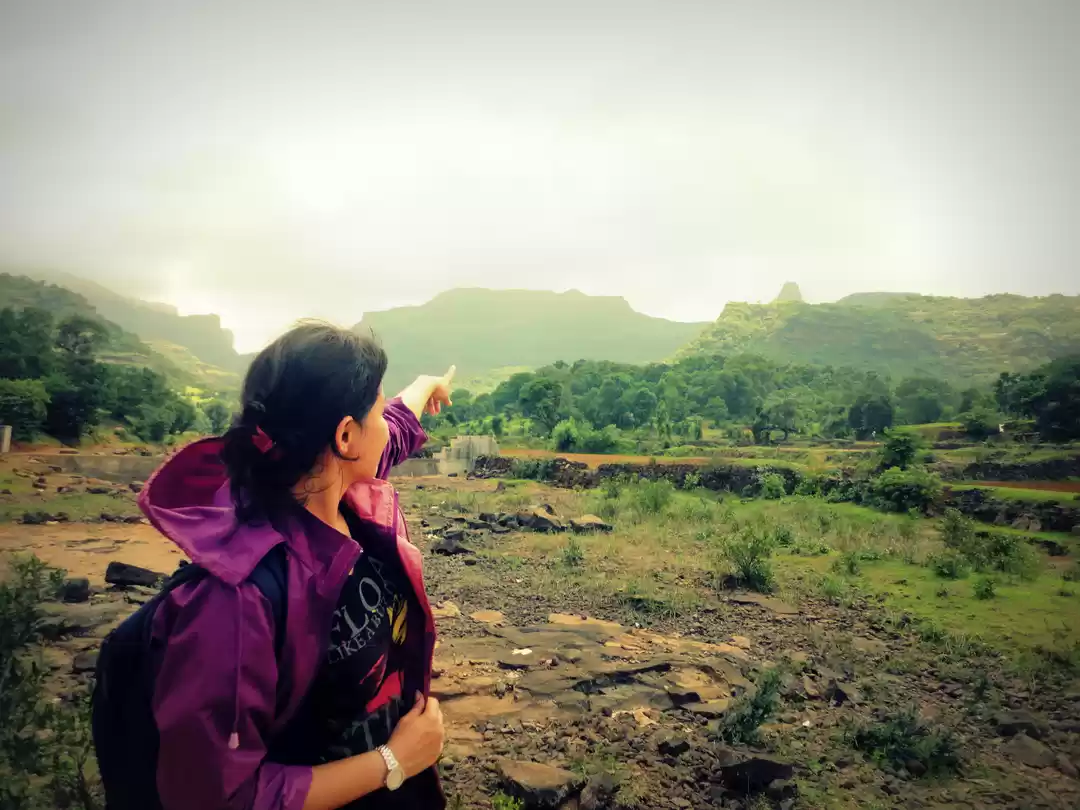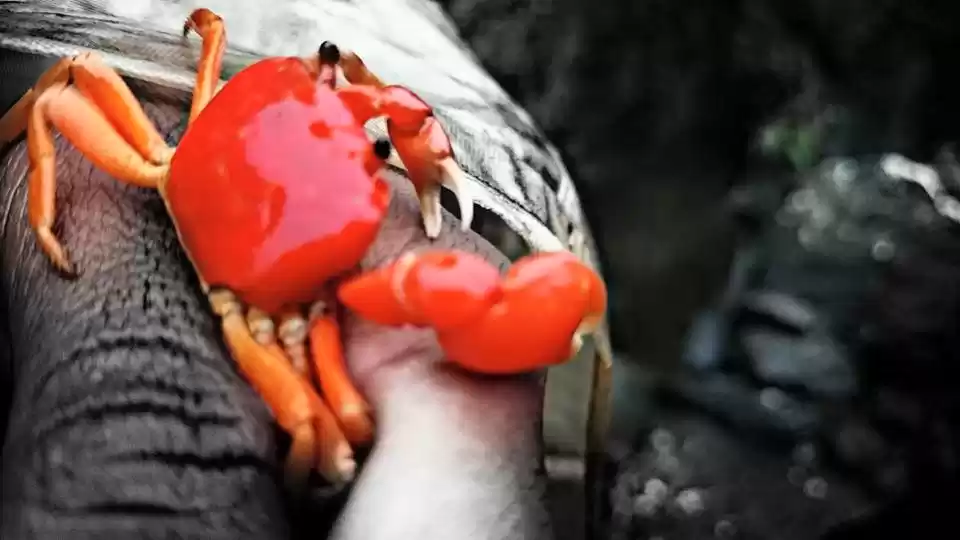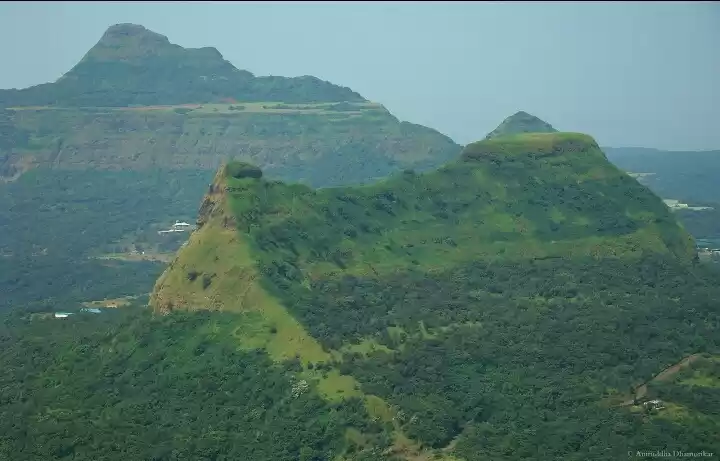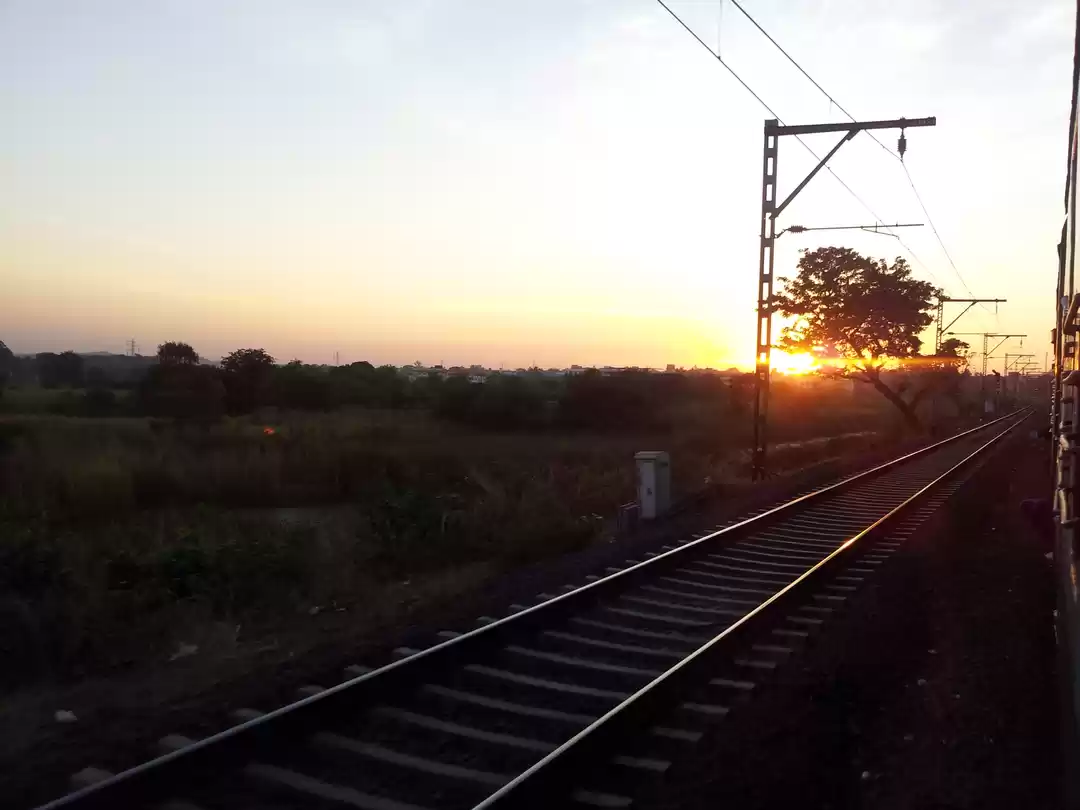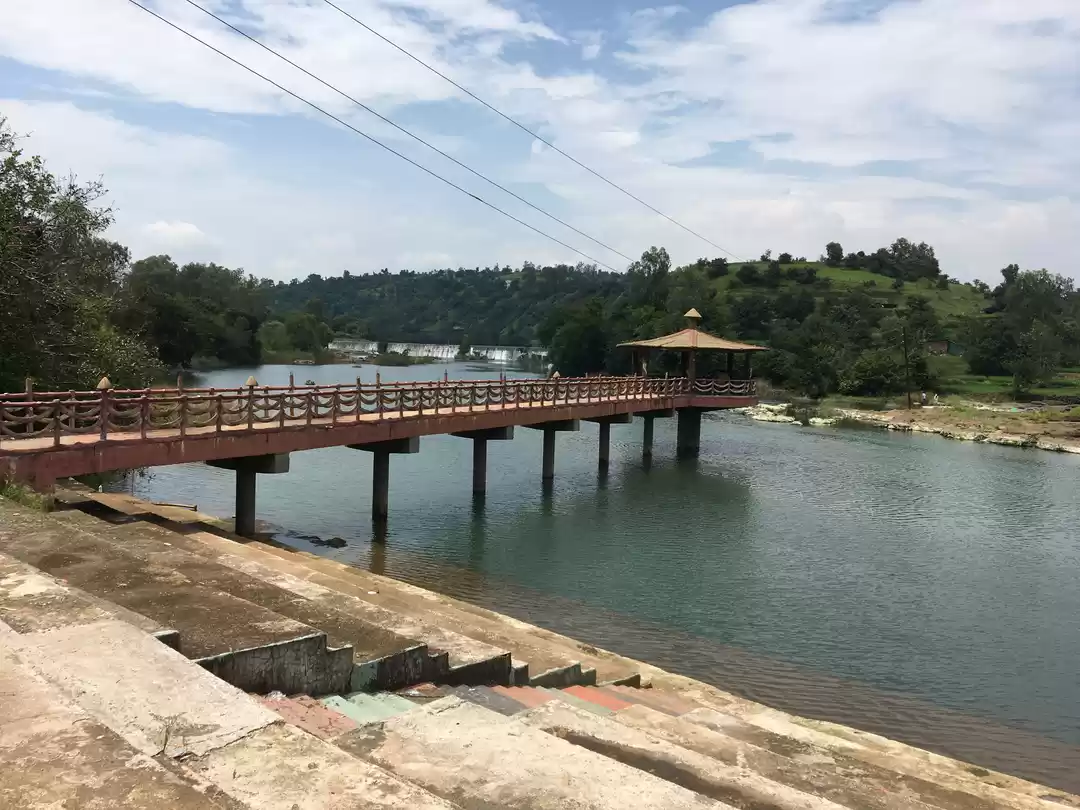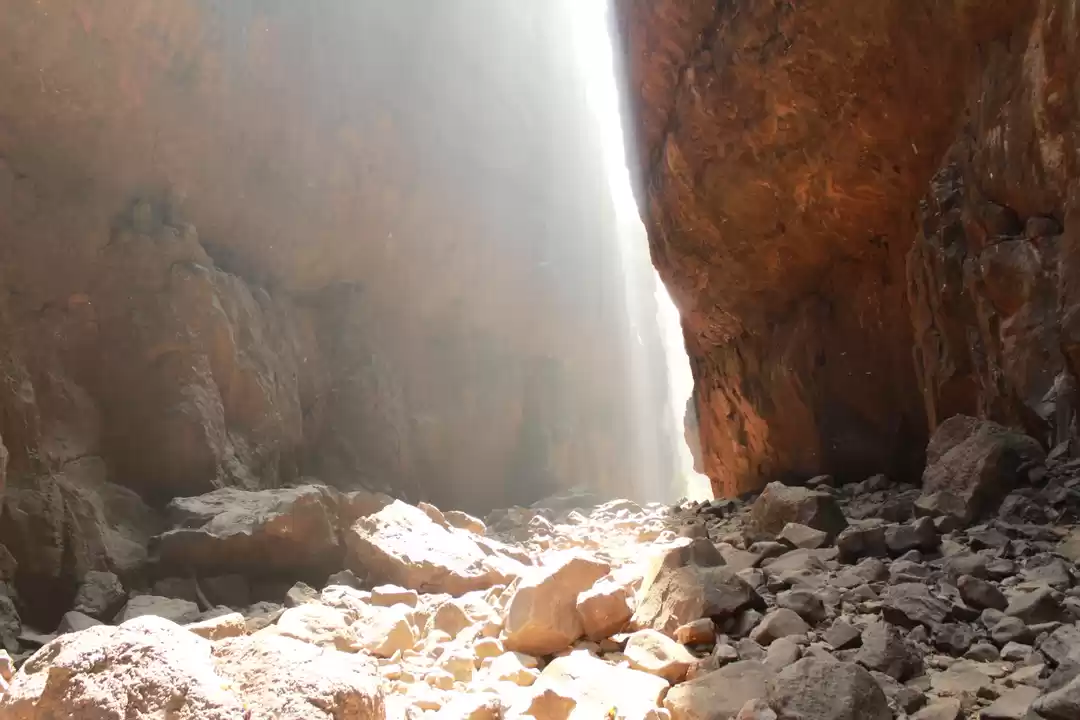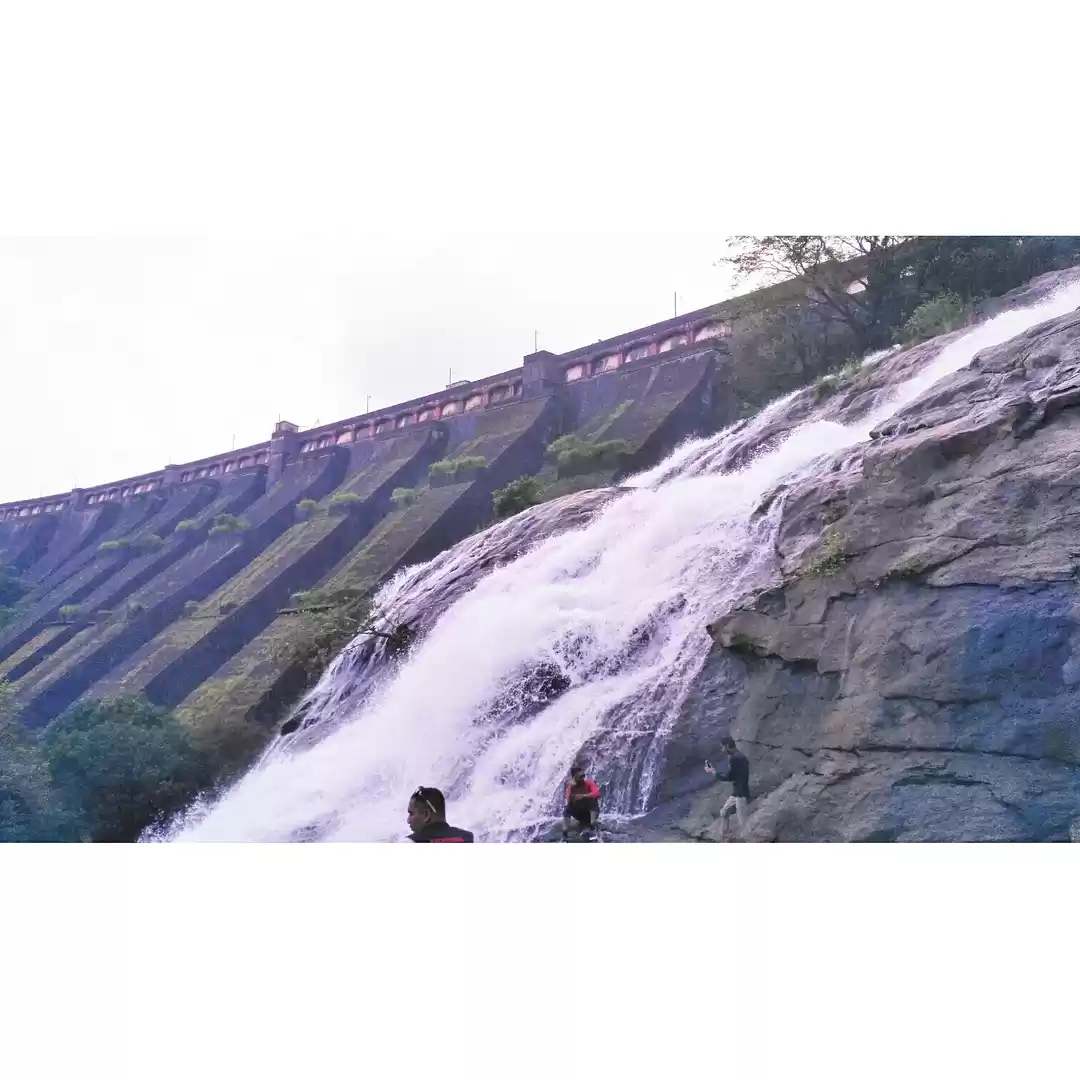Exploring Maharashtra.... at Ratanwadi....At ratangad fort
INTRO
Ratangad (Marathi: रतनगड) is a fort in Ratanwadi, Maharashtra, India, overlooking the locale of Bhandardara, one of the oldest artificial catchment area. This fort is located in the Ahmadnagar district of Maharashtra. It is on the boundary of Ahmadnagar and Thane districts. The fort is about 400 years old. This fort is often covered with flowering plants in November. Ratangad is also called Jewel of the Sahyadris
Ratangad fort is a part of the Kalsubai range, which consists of some of the highest peaks in the Sahyadris. Ratangad gives you the best views of surrounding peaks and Bhanadardara dam. Experience the colossal cliffs unfolding in front of your eyes, one behind the other as you walk on the edge of the fort.
The robustness of Sahyadris can be experienced only from a few forts and Ratangad is one of them. Standing in the “Eye of the Needle” is a major attraction.
WHERE IS IT LOCATED
At a distance of 6 km from Ratanwadi, 23 km from Bhandardara, 183 km from Pune & 197 km from Mumbai, Ratangad is an ancient hill fort situated at Ratanwadi village in Ahmednagar district of Maharashtra. It is one of the best forts in Maharashtra and an ideal place for trekking around Mumbai & Pune.
ABOUT THE FORT
The Ratangad Fort is one of the most popular places to visit in Bhandardara and the place leaves visitors spellbound with its rich heritage. The fort is located at a height of 4250 feet. Ratangad Fort is 400 year old fort, which was used by Maratha warrior Chhatrapati Shivaji Maharaj. The fort was initially ruled by the Mughals and it was conquered by Chhatrapati Shivaji Maharaj.
Ratangad has a natural rock peak with a cavity at the top which is called Nedhe or Eye of the Needle. The fort has four gates known as Ganesh, Hanuman, Konkan and Trimbak. There are two caves on the Ratangad Fort, one of the caves is smaller and can accommodate 8-10 people, while the other cave is larger and can accommodate 40-50 people. It also has many wells on the top. The base village Ratanwadi has Amruteshwar Temple which is famous for its carvings. The Pravara River originates in Ratangad Fort. According to the local legend, Sage Agastya meditated and performed penance in Ratangad. At that place two drops of Amrut was dropped and water started flowing out from Ratangad continuously resulting in the river Pravara hence the name 'Amrutvahini'.
HOW TO REACH
There are numerous trekking trails near this fort, from where tourists get beautiful view of the valley in the Sahyadri mountain range.
There are two main routes to reach the fort. One route starts from village Samrad and the other from village Ratanwadi. The base village Ratanwadi is approached by boat from Bhandardara or by road from Ghoti-Bhandardara road. By boat, it is a 6 km journey and further it is a 4 km walk till Ratanwadi. The trek route from Ratanwadi is the simplest one, it passes through dense forest along the northern bank of the Pravara river, till it reaches a scarp. The final climb is made easy by the iron ladders constructed by the forest department. The local villagers on weekends, erect small shacks on the way to provide tea and snacks for the trekkers. Some villagers provide food and snacks on the fort cave also. The trek route from village Samrad is quite difficult one, it passes over the narrow spur and finally reaches the Trymbak darwaja. The entire fort can be seen by taking a path which moves around the ridge of the fort. A small group of people can make an overnight stay in the cave on the fort
Trail Information
Altitude: 4,255 ft
Time taken: 5 hours
Trek gradient: Moderate
Water sources: None on the trail. There is a cistern inside the fort that has potable water through the year. Carry 2 litres of water for the trek.
WHEN TO VISIT
The best time to visit Ratangad is post monsoon season of October to December.
PLACES TO SEE
Ratangad has a natural rock peak with a cavity in it at the top which is called 'Nedhe' or 'Eye of the Needle'. The fort has four gates Ganesh, Hanuman, Konkan and Trimbak. The sculptures of Lord Ganesh and Hanuman are seen on the main gate. It also has many wells on the top. The main attraction at Ratanwadi is the Amruteshwar Temple, famous for its carvings, dating back to the Hemadpant Era - roughly from the eighth century. The fort is origin for the river Pravara/Amrutvahini. The Bhandardara dam (Arthar dam) is built on this river. From the top of the fort neighbouring forts like Alang, kulang, Madan gad, Harishchandragad, Patta are seen easily. The view of entire Bhandardara dam( Lake Arthur) gives sheer pleasure. There are many rock cut water cisterns on the fort. Some of them store potable water throughout the year. There is a natural hole in the mountain top probably caused by wind erosion. It is 10 feet high and 60 feet wide. Due to its shape it is called Nedhe (or eye of the needle in Marathi).On the eastern side of the fort there are two caves, which can be used for overnight stay. This fort can be visited in any part of the year however the beast season is from October–February when the temperature is cool and the vegetation has not dried up..
HOW TO PLAN YOUR TRAVEL
Ratanwadi is where the Ratangad trek begins. This is 56 km from Igatpuri.
By Railway:
Igatpuri railway station is 56 km from Ratangad. Many trains are available to reach Igatpuri from Mumbai and Nasik.
If you are traveling from Pune, get down at Kalyan and catch a train going to Igatpuri. You can hire a local, shared jeep from Igatpuri to Ratanwadi. It takes about 2 hours 15 minutes to reach Ratanwadi from Igatpuri.
Taking your private vehicle is always advisable to save time.
By Road:
Trekkers coming from Pune and Nasik: Take Sangamner-Akole-Bhandardara Road. Just before the Bhandaradara dam, there is a diversion on left side which goes to Ratanwadi.
Trekkers coming from Mumbai: Take Igatpuri-Ghoti-Bhnadardara Road. After the Bhandaradara dam, take same diversion as above. Now this diversion will be on your right side....
